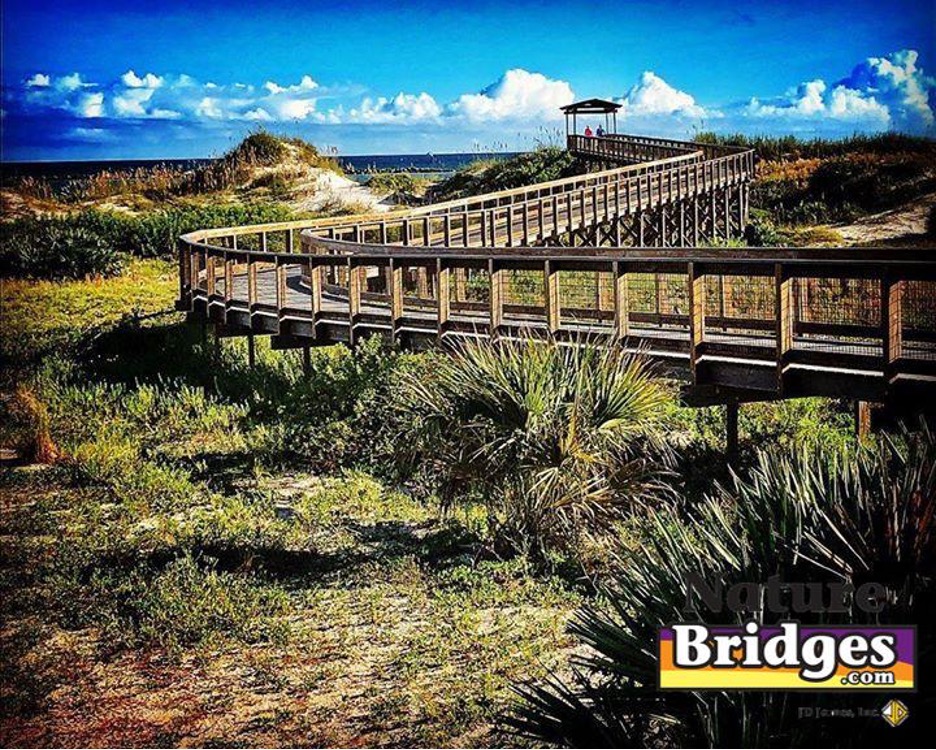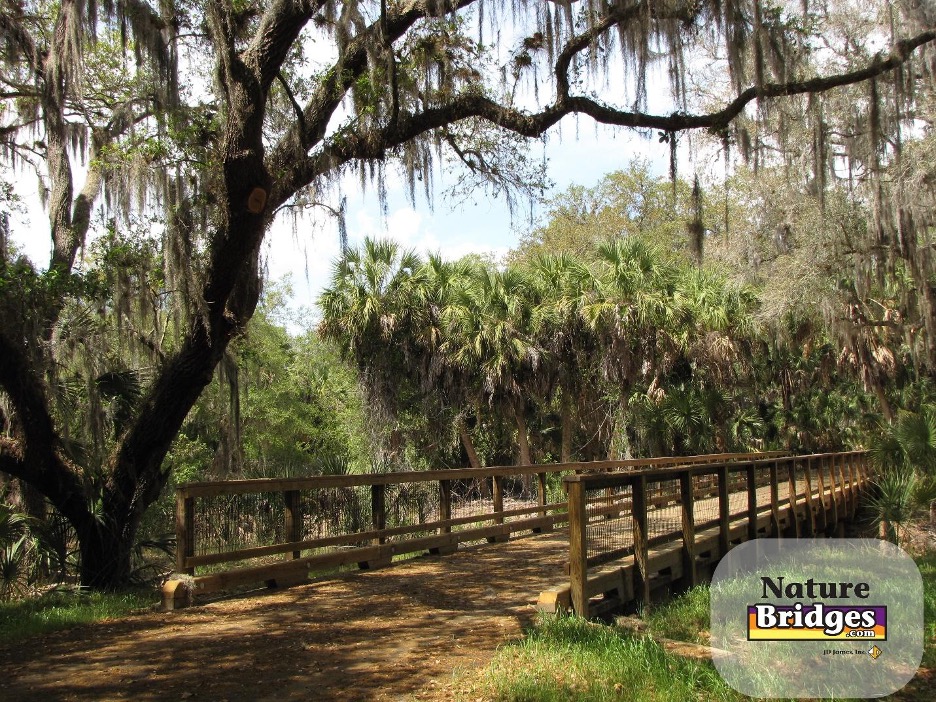
Conservationists talk often about efforts to protect wildlife, and many people think about animals first when discussing efforts to reduce human effects on the planet. Plant conservation is just as important.
Endangered Plant Species
There are more than 700 species of endangered plants in the United States today, and each of these are important in their own way. The West Indies mahogany tree is prized for its resistance to insects and rot. In Florida and other areas where it grows naturally, experts estimate that its population has decreased as much as 29% over the last few generations.
Another valuable plant that is endangered is the milkweed plant. This plant provides food and a home for Monarch butterflies. Milkweed is less common due to destruction of its habitat, which has in turn caused the Monarch butterfly population to decrease by more than 80%. Many other plants are endangered, including varieties of rosemary and mint, which are herbs used in cooking, and native edible fruits such as the pawpaw.
Why Plants Should Be Conserved
Some plants provide food or other resources for people and animals. Many also provide erosion resistance because their root structure helps hold soil in place. All wildlife – including humans – depend on plants to survive, whether we realize it or not. Even if a plant is not used directly for food, it helps provide nutrients and filters water in soil, converts carbon dioxide to oxygen, and may provide shelter to animals or other plants. Because animals depend on plants for nourishment and the ecological stability of a habitat, plants are imperative to the protection of our environment.
How to Protect Plants

Plants are often more sensitive to harmful substances than animals, so reducing pollution and littering is important. Working to reduce the effects of climate change also helps, since plants are sensitive to temperature and other weather changes. Awareness and updated regulations can protect plants, as well as planting native flora in your garden.
Building boardwalks or pedestrian walkways keeps our feet on the structure so there’s no risk of crushing native plant life when walking. Top down construction is the process Nature Bridges uses to minimize construction effects on the environment. With boardwalk construction limited to the small area needed, plants are preserved. When you work with a bridge constructor whose foremost goal is to preserve the native plant and wildlife – like Nature Bridges – you can do your part to protect our valuable environment.


P.O. Box 516
Monticello, FL 32345
Phone: (850) 997-8585
Fax: (850) 385-3493
estimating@naturebridges.com